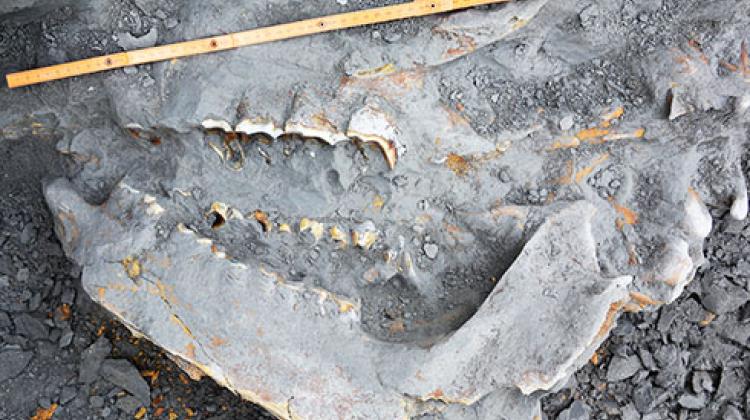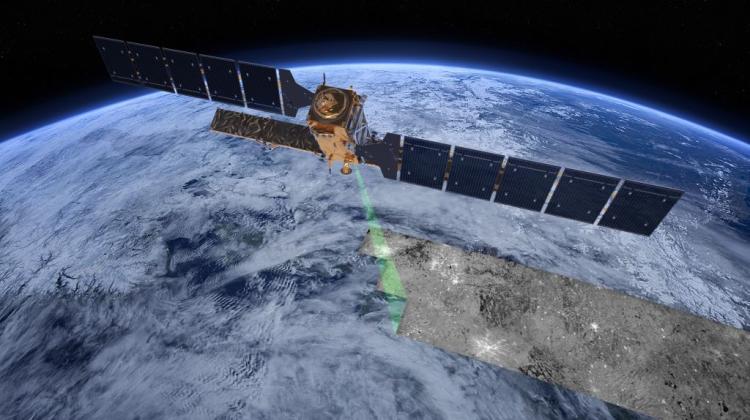Primeval rhino discovered near Gorzów Wielkopolski

Nearly complete, over 100 thousand years old skeleton of a rhinoceros has been discovered near Gorzów Wielkopolski. It is the first known such case in the Polish territory - told PAP the spokesman for the Polish Geological Institute in Warsaw, Andrzej Rudnicki.
The skeleton belongs to thermophilic rhinoceros from the genus Stephanorhinus. This is an extinct species. Until now, only single bones or teeth of animals of the species were found in Poland - said in an interview with PAP one of the researchers working on the discovery, Dr. Janusz Badura from the Polish Geological Institute. According to Badura, such a situation happens once every few hundred years.
The discovery was made accidentally in May 2016, during the construction of the national road S3. The find consists of more than 100 bones of a rhinoceros, including a skull and 24 teeth. The remains lay in lake sediments from before about 132-115 thousand years. During those times, the climate in the area was warmer than today.
The discovered rhinoceros was an adult, with a size similar to rhinos living today. "It probably died a violent death, because when cleaning its teeth we found the remains of its last meal - fragments of plant tissue" - Dr. Badura told PAP. Researchers speculate that the animal drowned while crossing the lake. There was no evidence that ancient ancestors of man contributed to its death.
Bones were excavated by specialists from the Polish Geological Institute after receiving information from a construction company. Now, together with nearly 20 researchers from other institutions, they are preparing the find for a scientific publication in "Przegląd Geologiczny". Preliminary studies of bones have been performed by Prof. Krzysztof Stefaniak and Adam Kotowski from the Department of Paleozoology University of Wrocław, who determined the species of the animal based on teeth analysis. The researchers speculate that some parts of the skeleton were taken for building embankments.
Dr. Badura told PAP that the Natural History Museum of the University of Wrocław plans to put a copy of the discovered skeleton on display in the form of a model.
PAP - Science and Scholarship in Poland
szz/ mrt/
tr. RL
Przed dodaniem komentarza prosimy o zapoznanie z Regulaminem forum serwisu Nauka w Polsce.
















